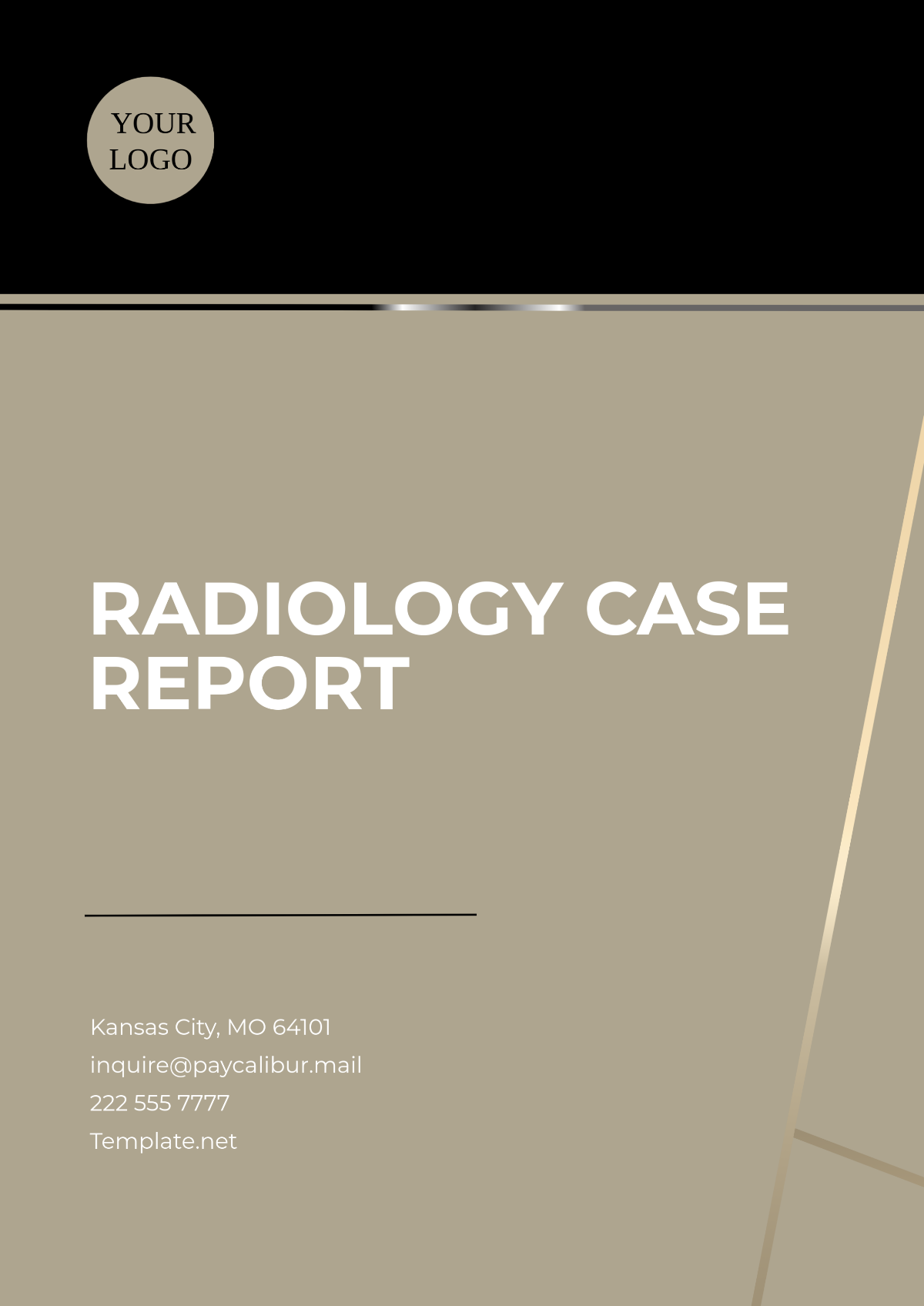Free Case Report Journal Article
Document detailed case reports with Template.net’s Case Report Journal Article Template. This editable and customizable template offers a structured format for presenting case study findings. Editable in our AI Editor Tool, it’s ideal for medical and academic professionals aiming to publish organized, concise reports. Customize the template to match your case-specific requirements for an efficient case report presentation.






























